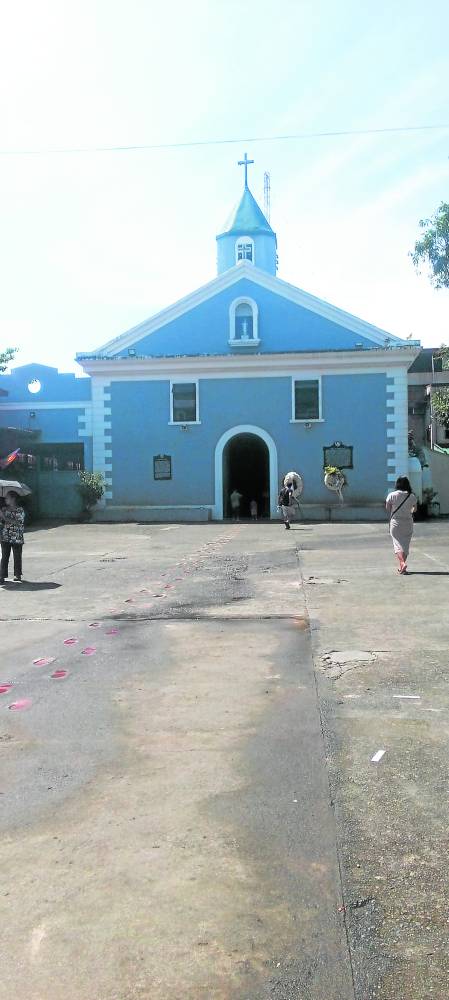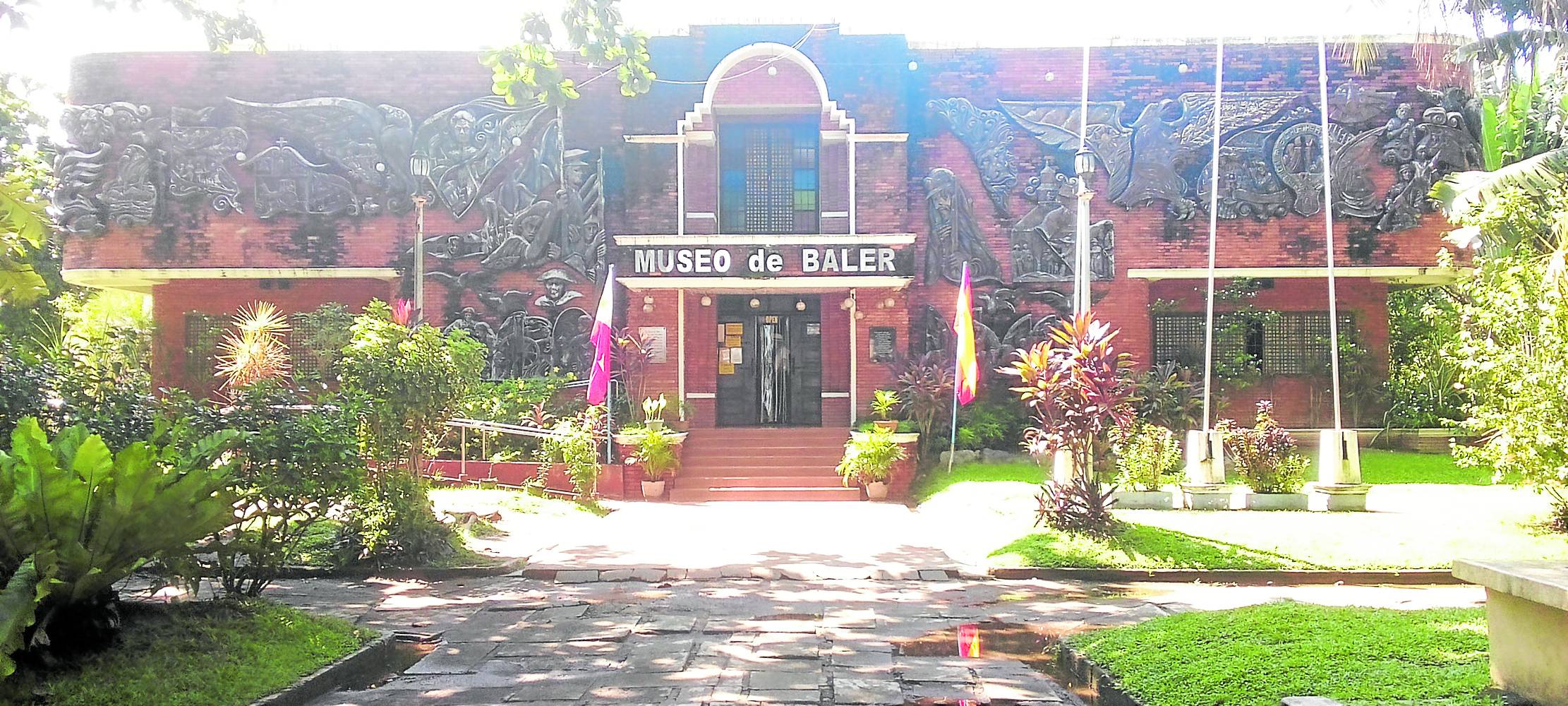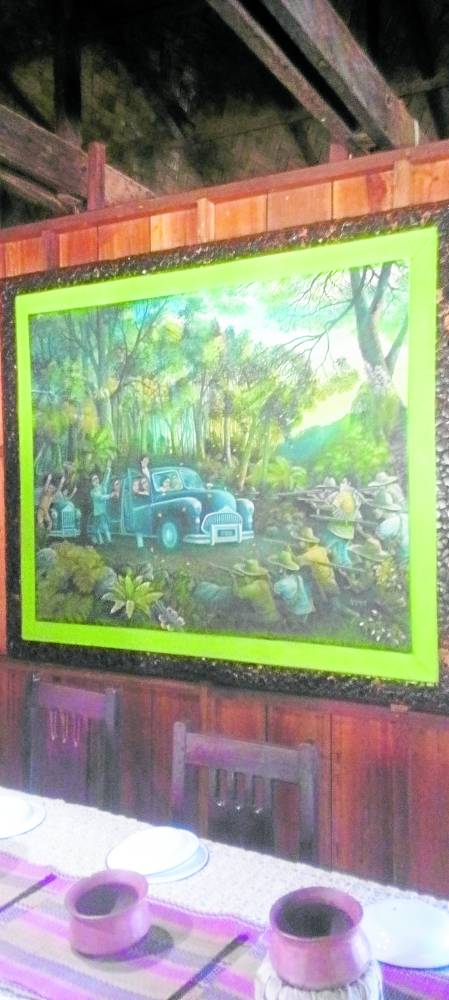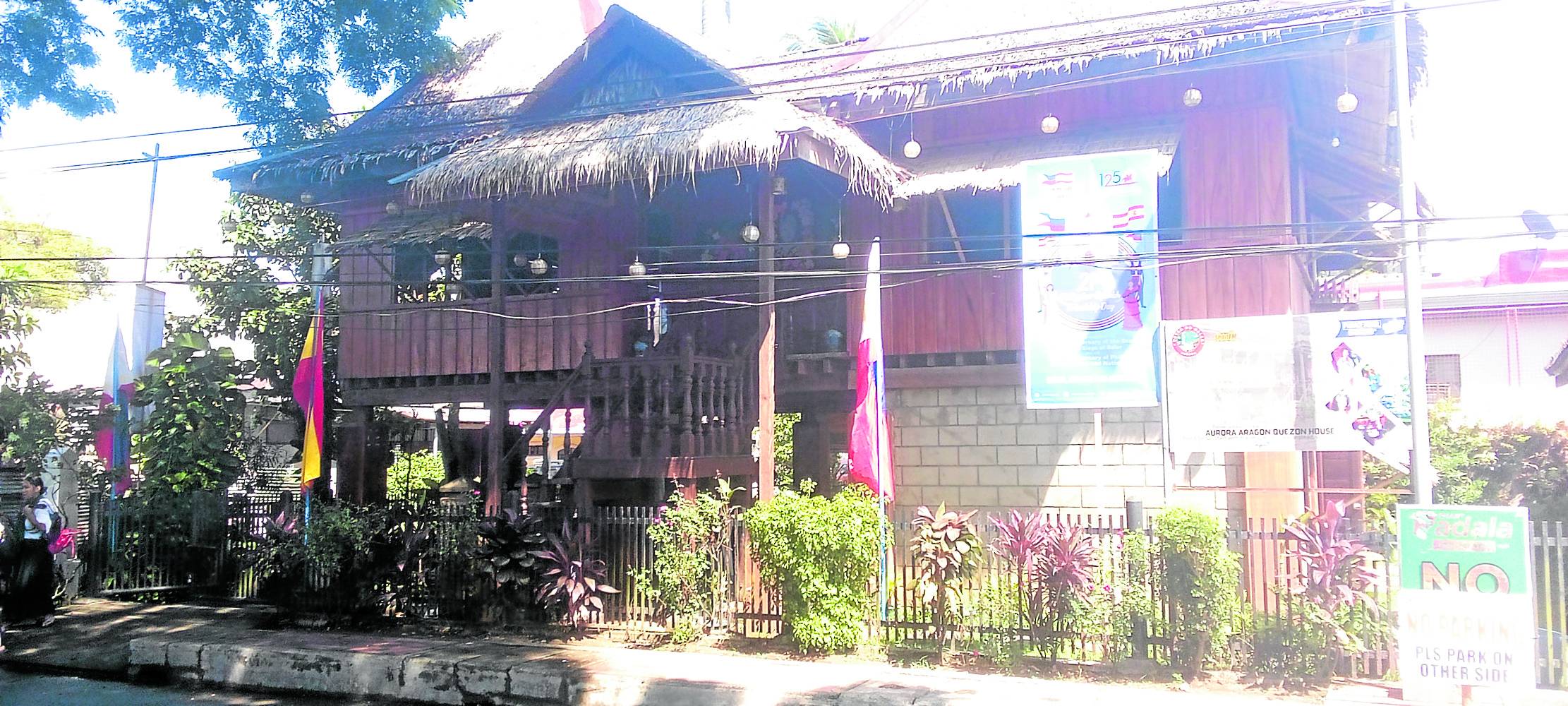It was in 1997, during a visit to balmy Baler, the capital town of Aurora Province, bracketed by mountain ranges and the Pacific Ocean, that I learned the captivating story of the Spanish soldiers trapped in Baler Church, in 1898. They were unaware that the revolution against Spain had ended and that a new imperialist power, the United States of America, was threatening the country’s fragile independence.
An epic, yearlong siege of the church by Filipino revolutionaries followed.
Fast-forward to 1899. In February, the Americans launched a war against the Filipinos. “It was the end of a dream,” wrote the noted American Barbara Tuchman, the dream that America would be true to the principles laid down by her founding fathers.
That year, US Navy Lt. Commander James Gilmore led a command to rescue the Spanish soldiers holed up in Baler Church, but he was captured by Baler troopers; two of his men were killed. Gilmore and his men were taken to Nueva Ecija, and later to Northern Luzon, where they were rescued by American forces.
The siege begins

In June 1898, a Spanish garrison of four officers and 50 men took refuge in the church of Baler and refused to leave, despite repeated offers of peace and demands for surrender. So the siege continued for a year, at great cost to the Spaniards.
Finally, on May 29, 1899, from newspapers dropped into the courtyard, the Spaniards learned that Las Filipinas was no longer a colony of Madre España, and that the only Spanish flag flying over the country was the one atop Baler Church.
Two officers, the priest and 12 men had died from disease. Two had been killed by Filipino bullets, two men executed, two officers and 14 men wounded and six had deserted. The survivors arranged a truce and on June 2, 1899, the soldiers, starving and disease-ridden, marched out of the church. Gen. Emilio Aguinaldo praised the gallantry of the men of the Spanish garrison; they were allowed to return home and were given a heroes’ welcome by the Queen and the Spanish nation.
A romanticized film version of the historic siege was made by Viva Films in 2008, “Baler,” starring Jericho Rosales and Anne Curtis as the lovers. The film, directed by Mark Meily, won many awards in the 2008 Metro Manila Film Festival.

And even the Museo de Baler devotes some space to the movie.
Enemies then, friends now
The siege of Baler Church has led directly to the Philippines–Spain Friendship Day, which is celebrated in the town every year on June 30; the main sponsor for the event was the late Sen. Edgardo Angara.
It is a big day for Baler. Preparations started in May, and there were consultations with the National Historical Commission of the Philippines.
Last June 30, there were many events to commemorate the event, including beauty contests and a three-day arts workshop for students all over the province at the Ruperto Zubia Elementary School.
Spanish officials led by Ambassador Miguel Delgado descended upon the town, and the delegation was met by Sen. Sonny Angara, and town officials and representatives led by Mayor Rhett Angara. There were receptions, tours of the town, speeches and toasts to Philippine–Spanish relations. It was a holiday in Baler.
With its thriving surfing community, Baler is an important eco destination in Luzon. There are around 100 hotels and inns in the area, including the imposing Costa Pacifica along Baler Bay, where the Spanish visitors were feted. Other recommended hotels are Bay’s Inn, the original beachfront resort, and Seacoast Inn. There are many restaurants by the bay, which leads to the Pacific Ocean.
Outside the capital, the caves, falls, mountains and beaches beckon to the adventurous traveler: San Luis, Maria Aurora, Dipaculao, Dinalongan, Casiguran and Dilasag.
An ambush
Another claim to fame of Baler is that it is the birthplace of President Manuel L. Quezon and his much loved wife, Doña Aurora Aragon Quezon, after whom the province is named. She was known for her philanthropic works. I recall what (the late) University of the Philippines professor Dolores Feria once said about Doña Aurora: “…she was a very democratic person; there was nothing snobbish about her.”
On the morning of April 28, 1949, Doña Aurora left her home to open the Quezon Memorial Hospital. She and her companions traveled along the Baler-Bongabon Road which connects Baler to Nueva Ecija. As the vehicle traversed the mountain road, Hukbalahap rebels lying in wait opened fire and riddled the car with bullets. Doña Aurora died on the spot, along with her daughter and son-in-law.

A must-see destination in Baler is the house of Doña Aurora, now being expanded and reconstructed, and very different from the cottage I saw years ago. The front is bedecked with flags, and inside are mementoes of the first lady, including vintage photos, a 1948 gown and a painting which depicts that dreadful 1949 ambush.

Nearby is the town plaza, where you will see huge murals which show various artists’ interpretation of the siege of Baler church, from both the Filipino and Spanish side. We see Filipino troopers stonewalling the church, Spanish soldiers firing from inside and finally surrendering. On the foreground of one mural you see women cooking for the besiegers.
These are all manifestations of a town redolent of history, aware of the past but moving forward to a better future. —CONTRIBUTED INQ








































